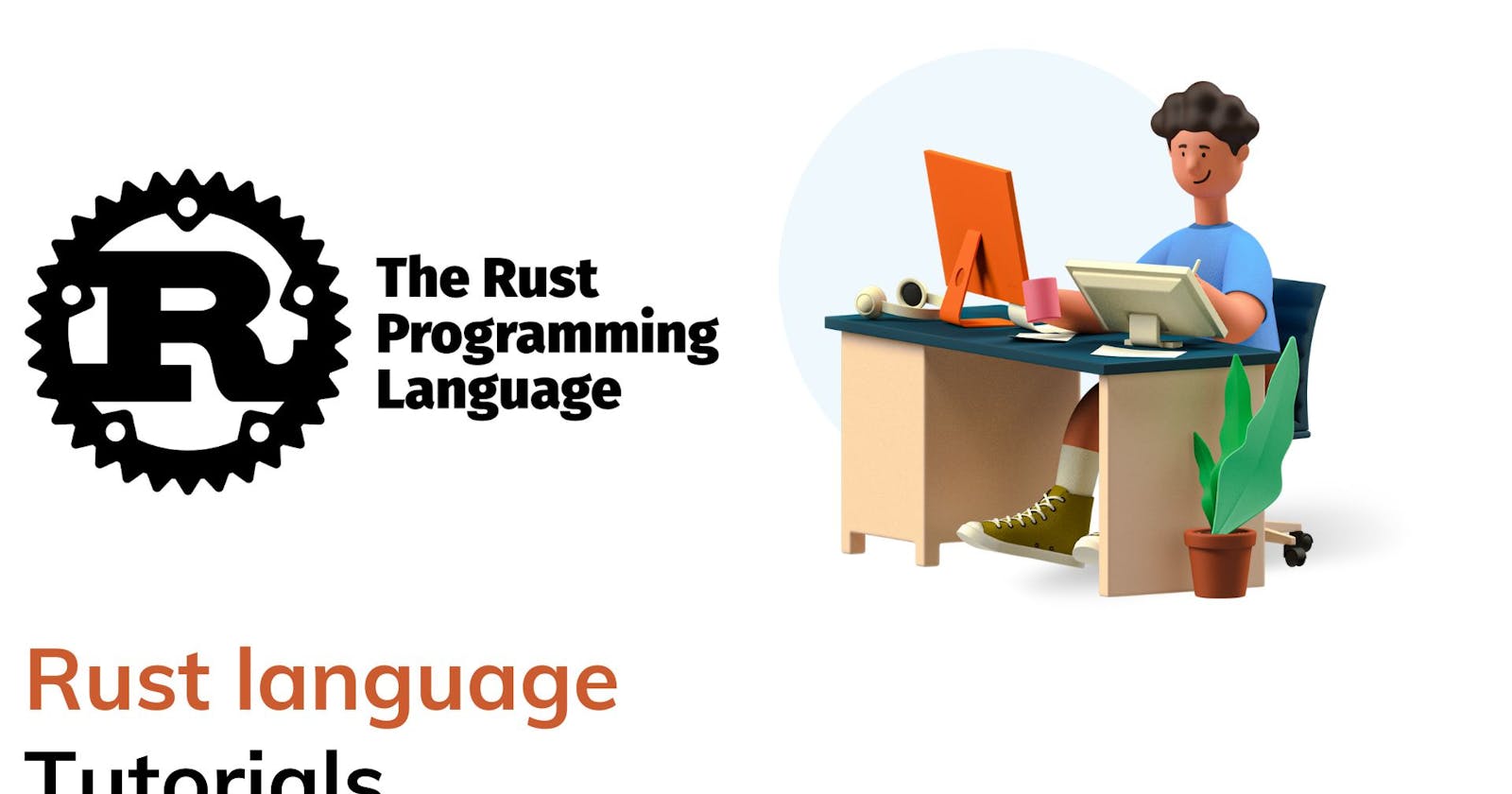Introduction:
Rust provides a rich set of data structures, including strings, hash maps, and vectors, offering versatile solutions for data manipulation and storage. Understanding these data structures is fundamental for effective Rust programming. Let's delve into each of them to explore their features and usage.
Strings in Rust
Declaration and Initialization
Strings (String) in Rust are mutable, growable, and UTF-8 encoded. They can be created and initialized in various ways.
Usage:
// Creating an empty string
let mut empty_string = String::new();
// Creating a string from a string literal
let greeting = String::from("Hello, Rust!");
// Concatenating strings
empty_string.push_str("Welcome ");
empty_string.push('t'); // Adding a single character
empty_string.push('o');
Manipulating Strings
Strings in Rust offers several methods for manipulation, slicing, and formatting.
Usage:
let mut message = String::from("Rust Programming");
// Replacing part of a string
message.replace_range(5..8, "is");
// Extracting a substring
let sub_string = &message[0..4]; // "Rust"
// Converting to uppercase
let upper_case = message.to_uppercase();
Hash Maps in Rust
Declaration and Initialization
Hash maps (HashMap<K, V>) in Rust store key-value pairs, providing efficient lookup and insertion.
Usage:
use std::collections::HashMap;
// Creating an empty hash map
let mut contacts = HashMap::new();
// Inserting values into the hash map
contacts.insert("Alice", "12345");
contacts.insert("Bob", "67890");
// Accessing values
if let Some(number) = contacts.get("Alice") {
println!("Alice's number: {}", number);
}
Manipulating Hash Maps
Hash maps offer methods to insert, update, retrieve, and remove elements efficiently.
Usage:
// Updating a value
contacts.insert("Alice", "54321");
// Removing an entry
contacts.remove("Bob");
Vectors in Rust
Declaration and Initialization
Vectors (Vec<T>) are resizable arrays that store elements of the same type in a contiguous memory block.
Usage:
// Creating an empty vector
let mut numbers: Vec<i32> = Vec::new();
// Initializing a vector with elements
let mut fruits = vec!["Apple", "Banana", "Orange"];
// Adding elements to a vector
numbers.push(10);
numbers.push(20);
numbers.push(30);
Manipulating Vectors
Vectors offer various methods for adding, removing, accessing, and manipulating elements.
Usage:
// Accessing elements
let first_element = numbers[0];
// Removing elements
let removed_element = numbers.pop();
// Iterating over elements
for fruit in &fruits {
println!("{}", fruit);
}
Conclusion
Understanding strings, hash maps, and vectors in Rust is essential for effective data manipulation and storage. Strings provide mutable, UTF-8 encoded text manipulation. Hash maps offer efficient key-value storage and retrieval. Vectors, as resizable arrays, enable dynamic storage and manipulation of elements. Leveraging these data structures appropriately enhances the efficiency and flexibility of Rust programs, making them robust and performant. Mastery of these fundamental data structures opens the door to building powerful and efficient Rust applications.
Happy coding with Rust!
I hope this helps, you!!
More such articles:
https://www.youtube.com/@maheshwarligade
\==========================**=========================
If this article adds any value to you then please clap and comment.
Let’s connect on Stackoverflow, LinkedIn, & Twitter.

